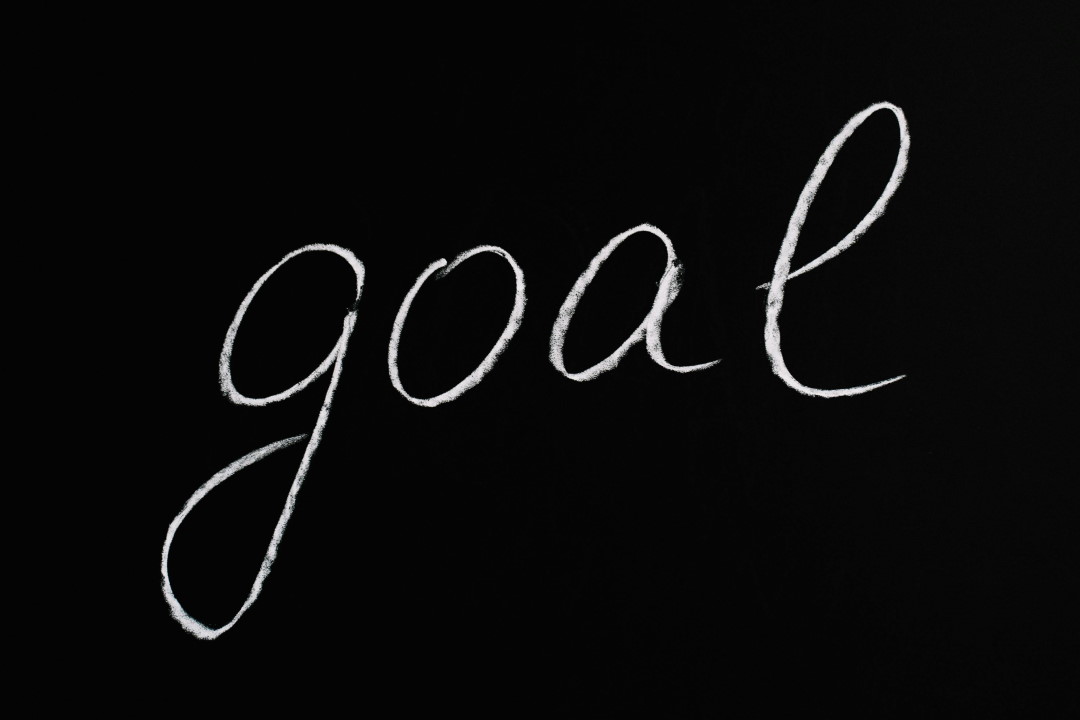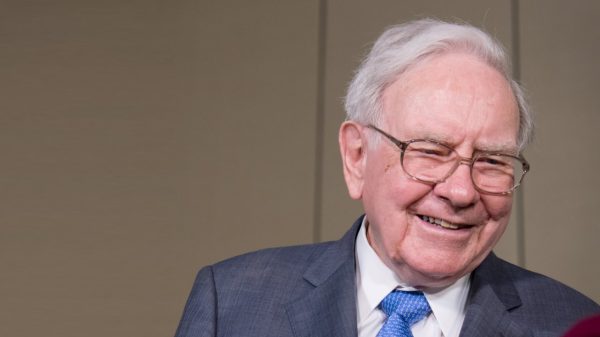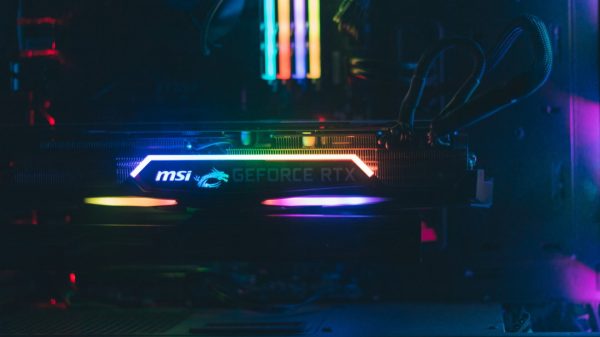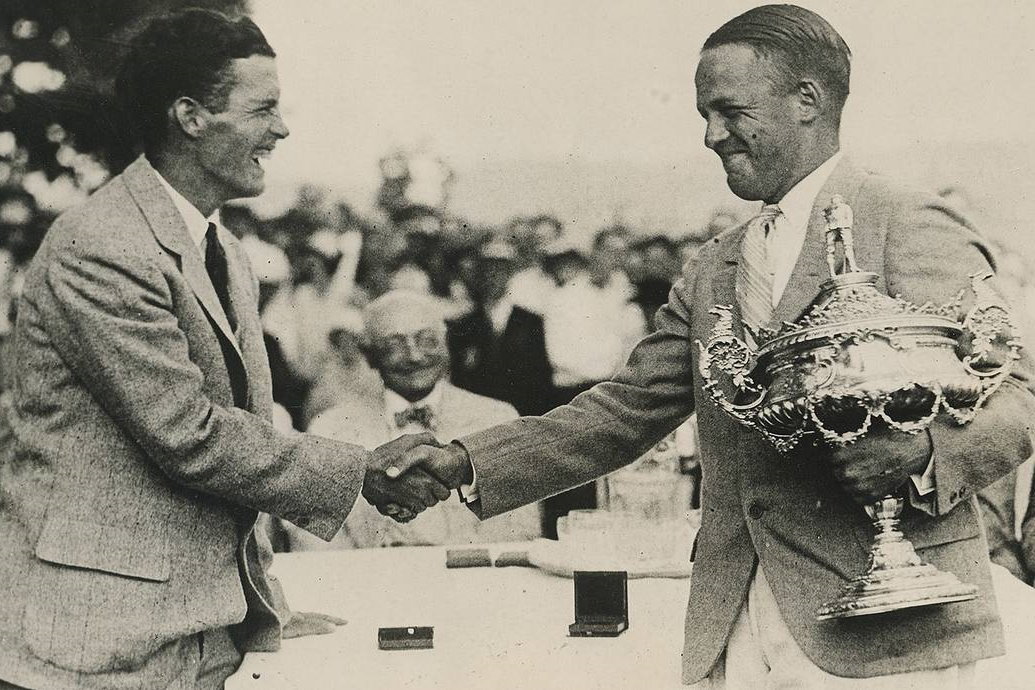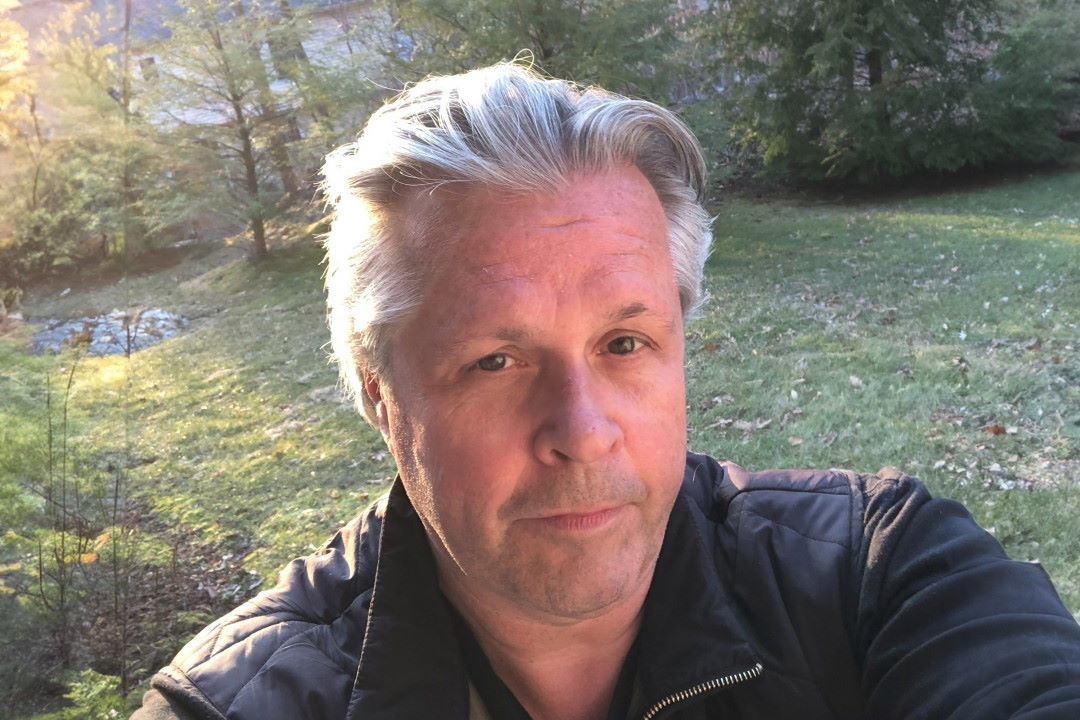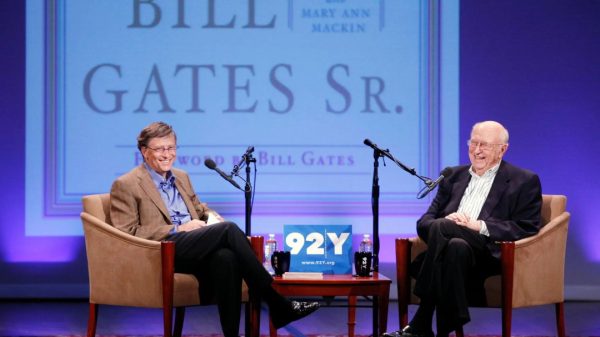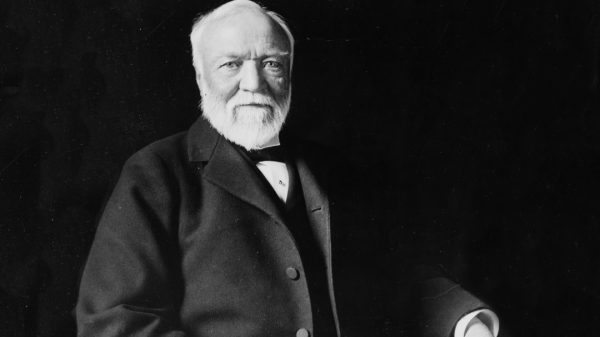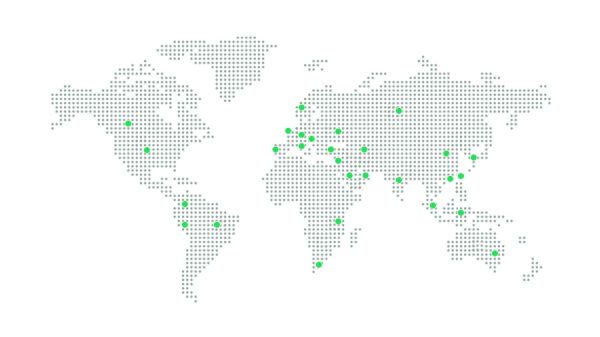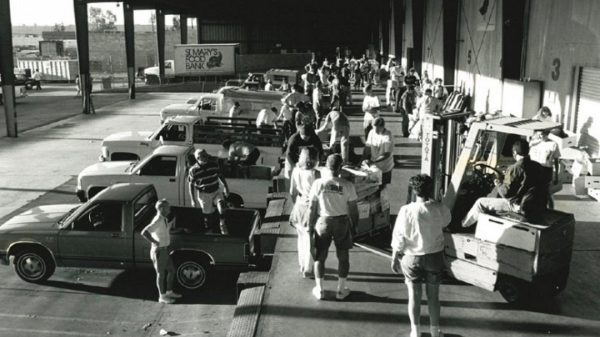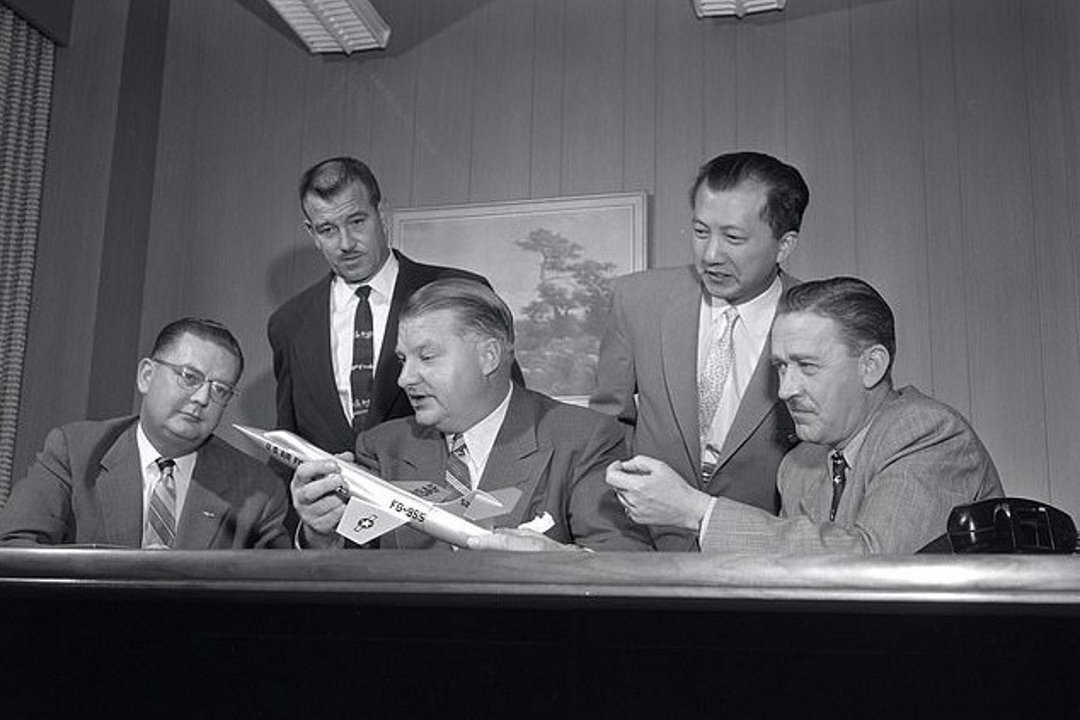Kelly Johnson created Lockheed Martin’s Skunk Works with a team of Outliers, this model was later replicated by Steve Jobs at Apple. DEV.BIZ.OPS explores this further.
The US military asked Lockheed Martin to produce a jet fighter prototype. The catch was that it needed to be ready in 150 days. Lockheed put 33 year-old chief engineer Kelly Johnson on the task, who had quickly risen up the ranks based on his success building the twin-engine P-38.
Kelly set up his team with 30 engineers and 30 mechanics in a bomber production area in Burbank, California. To keep the work secret, he rented a circus tent and began the work with his team of geeks to produce a plane that would fly 200 mph faster than the P-38.
One problem emerged though. The tent was located next to a noxious plastics factory and the stench kept wafting into the tent. One day project engineer Irv Culver picked up a call and responded, “Skunk works”. The name stuck and eventually became the team’s logo.
The XP-80 was completed seven days ahead of schedule on January 1944. Lockheed Martin’s Advanced Development Program, aka “Skunk Works”, went on to build many other well-known aircraft like the U-2 spy plane and the iconic SR-71 Blackbird . The success of the Skunk Works group inspired other companies to also create their own versions of skunkworks teams to help drive innovation efforts.
The nature of the work required immense skills, disruptive creativity, and intense focus on execution. Kelly’s team had superstars like Mary Golda Ross, who had helped fix flaws in the P-38 and became the first female Native American flight engineer. Each engineer on the team were talented, quirky, and mirrored the misfit profile of today’s developers. In the traditional era of the 40’s and 50’s though, they did not fit the ideal of model employees.
The genius of Kelly Johnson was understanding how to mold a team of misfits into a high functioning team. Forty years later, Steve Jobs followed Kelly’s playbook, taking twenty hand-picked people out of Apple’s main campus to build the Mac.
Jobs actively recruited rebels, talented but audacious individuals who could move fast and get things done. On a team offsite in 1983, he laid out his vision for the team: “It’s better to be a pirate than join the navy.”Hiring the Outliers
There are five characteristics innovation teams have found that help to identify high performing outliers: Breadth of experience, Lateral thinking, History of creation, Comfort with uncertainty, Ability to learn.


